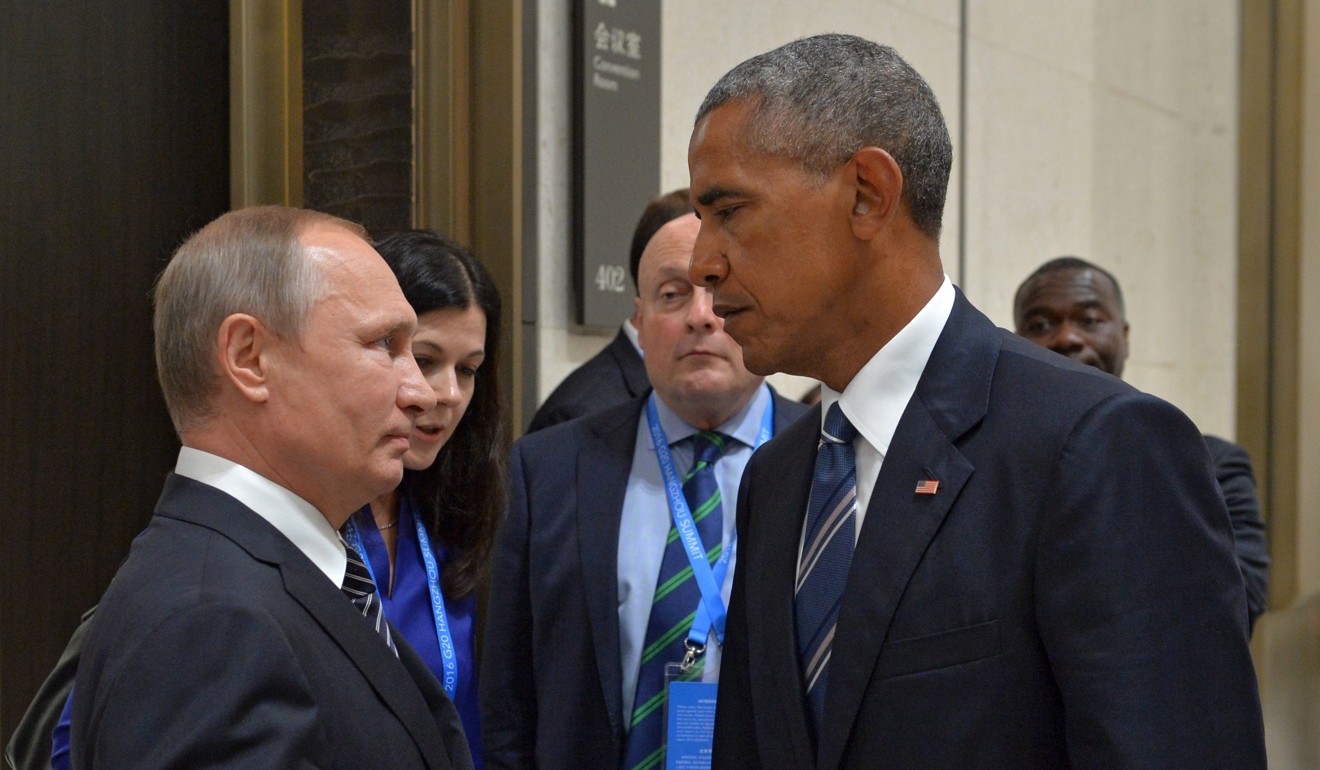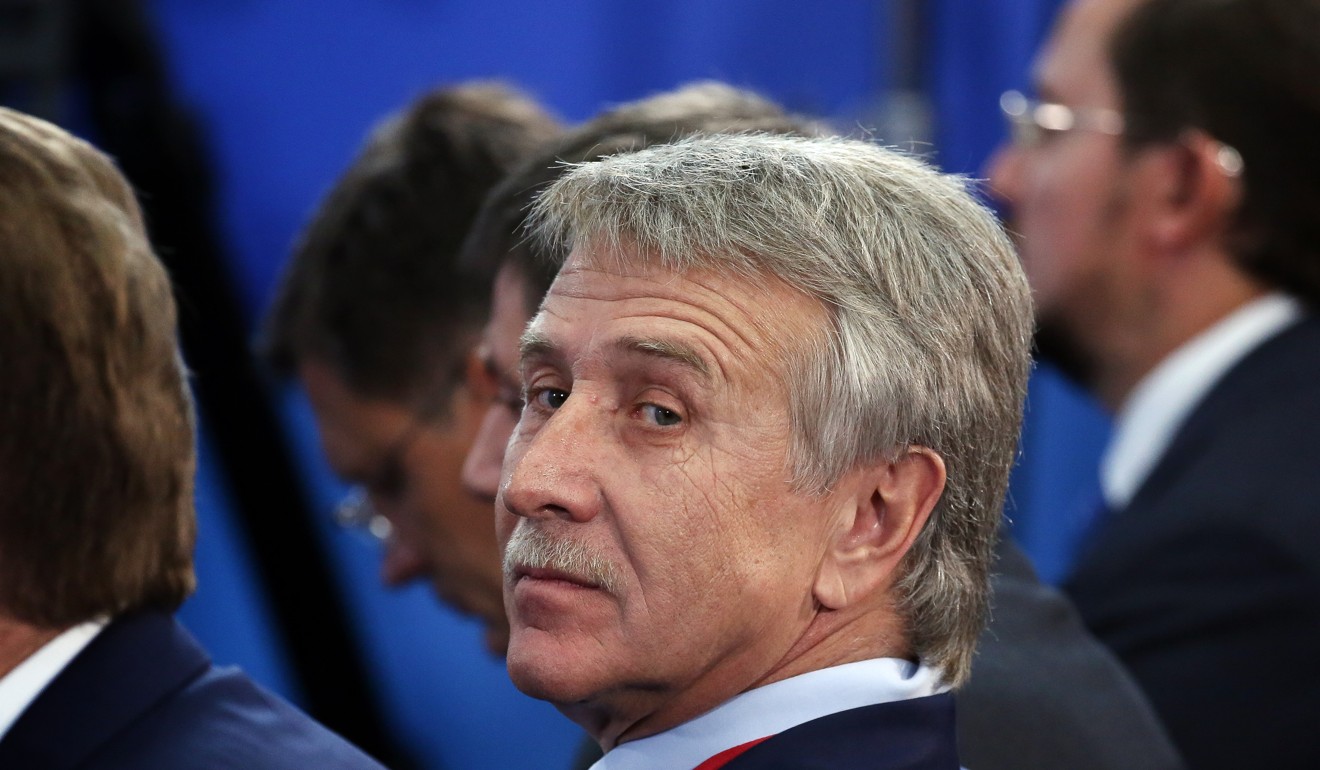
China and Russia want to develop Arctic energy resources together, and US disapproval may not deter them
Donald Gasper says China has helped to finance Russia’s quest to develop Arctic resources after US sanctions, and deeper involvement may follow if Beijing can acquire a management role
The notion of a “Silk Road on Ice” goes back to a December 2015 meeting of Chinese and Russian heads of government that advocated cooperation in Arctic navigation. A joint statement stated for the first time that both sides would work together to develop the northern sea route along the Russian Arctic coast into a competitive commercial sea route.
Global warming has made it easier to transport goods via the Arctic route, reducing reliance on the risky Malacca Strait and knocking days off the journey time. It has also made it easier to tap the vast mineral resources that lie beneath the ice.
Chinese cargo ships sail along Arctic routes as Beijing plans ‘Polar Silk Road’
Apart from fossil fuels and minerals, the white paper speaks of developing sustainable energy sources such as wind and geothermal power and says that Beijing is committed to the responsible development of such resources in partnership with local actors.
China’s growing involvement in the liquefied natural gas project being built on the Yamal Peninsula in the Arctic Zone of the Russian Federation is an example of successful cooperation.
In September 2013, Russian producer Novatek signed a contract with China National Petroleum Corporation for a 20 per cent stake in Yamal LNG. The Russian side agreed to supply not less than 3 million tonnes of LNG to China per year (18 per cent of total capacity).

Cooperation between Russian firms and their international partners in the Arctic – including ExxonMobil, Statoil and Eni – was immediately suspended. Novatek experienced difficulties in obtaining funding for the Yamal LNG project.
It was at this point that Chinese banks stepped in. According to The Moscow Times in November 2014, Chinese banks said they were ready to invest US$10 billion in the project.
In September 2015, in a deal worth €1.089 billion (US$1.27 billion), Novatek sold 9.9 per cent of Yamal LNG to China’s Silk Road Fund. As part of the agreement, in December 2015 the Silk Road Fund extended a loan of about €730 million to Novatek to be repaid after 15 years.

In April 2016, Yamal LNG announced it had signed contracts with the China Exim Bank and the China Development Bank for two 15-year credit lines worth €9.3 billion and €9.8 billion respectively.
It says that “China secured a good overall deal.” For example, the agreement specified that up to 80 per cent of the equipment for the project was to be produced in Chinese shipyards. (So far, China has supplied as much as 60 per cent of the capital needed to implement the project.)
“The Kremlin’s openness to foreign, and primarily non-Western, participation in Russian energy projects (including Arctic projects) has significantly increased,” the report says.

From China’s perspective, the exploitation of oil and gas in the Arctic needs to be accompanied by construction of the northern sea route. Both Arctic energy resources and the shipping route require further investments of capital and technology, so political will is required from both Russia and China.
A precondition for greater Chinese involvement in projects with Russia is likely to be being granted more say in how the projects are run. China does not simply want to be part of such projects – it wants to have a stake that will permit it to have a role in management.
“Chinese companies are in a very strong position at the moment and would not agree to anything less than a significant control and management role,” the Stockholm International Peace Research Institute report says.
Donald Gasper is a Hong Kong-based analyst and commentator

